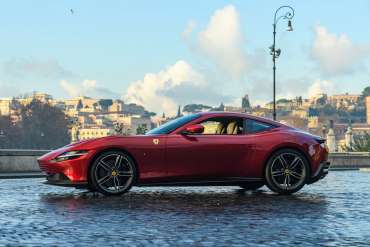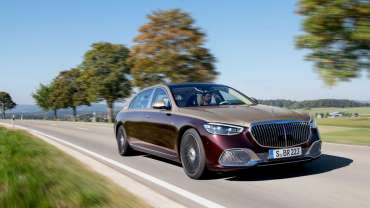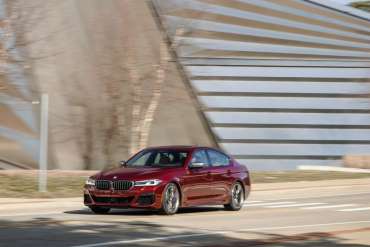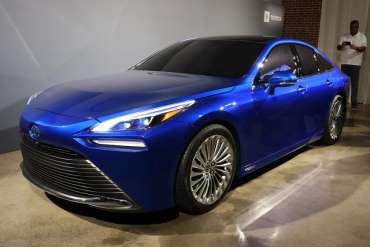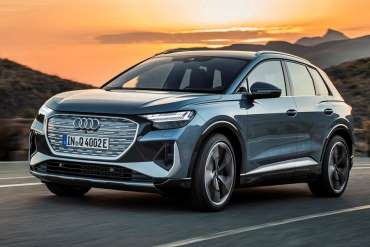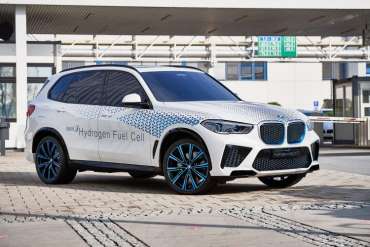
Worldcarblog.com
Ferrari Roma review
Beautifully styled coupe mixes old school charm with cutting edge tech
Is the Ferrari Roma any good?
The term ‘entry-level’ has never been a particularly easy fit when it comes to Ferrari. The cars at this end of the line-up are far from affordable, after all, and once specified with a few options can easily find themselves knocking on the door of a more senior, mid-engined model.
What cars like the California T, Portofino and now the Roma do is represent a less intimidating and more usable introduction to Ferrari ownership – not as hard-edged as an F8 Tributo or astronomically expensive as an 812 Superfast, but in possession of enough Maranello magic to ensure their drivers go on to become Ferrari owners for life. Or so the theory goes.
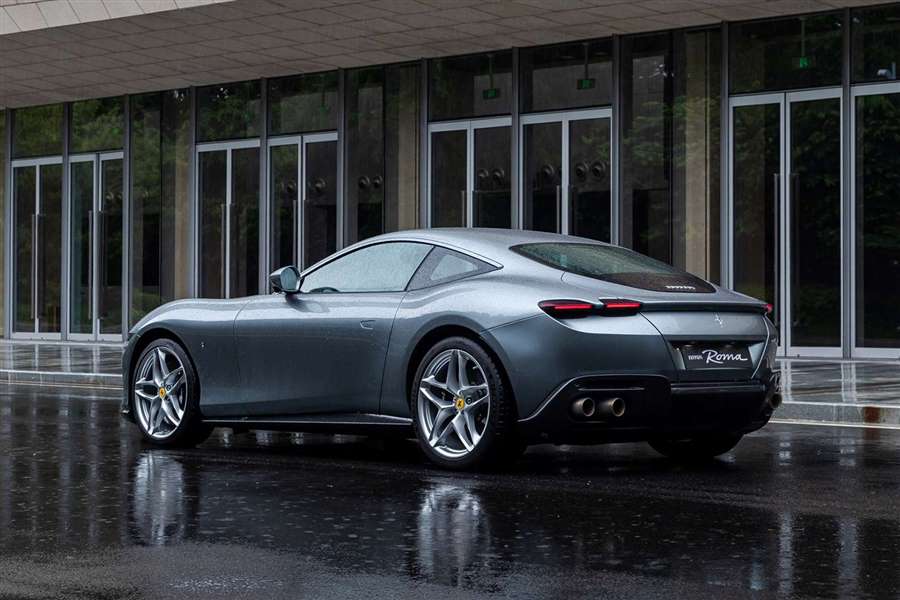
Trouble is, in order to make cars that are easy to use and live with, in years gone by they also felt a bit watered down – still astonishingly fast, just not quite as mind-blowingly so as something with the engine in the middle. Brilliant to drive, but with one or two modes missing from the firm's Manettino drive mode switch.
The Roma is a conscious effort to redress that balance, and it does so by harking back to a bygone era of luxury motoring inspired by 1950s and 60s Rome.
What's it like inside?
Is it all throwback styling with a retro interior? No – in fact it’s the opposite. As with the SF90 the Roma features an entirely digital cockpit made up from a large screen behind the wheel and another portrait infotainment unit in the centre.
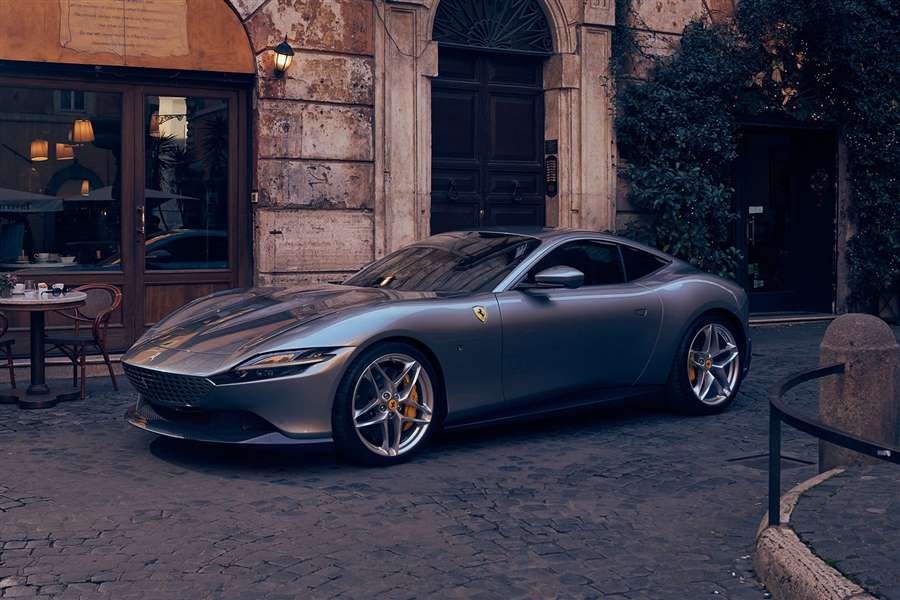
Hardly cutting edge (Audi gave us the Virtual Cockpit years ago) but a leap forward for this Italian maker, and typically it’s done so in the most Ferrari way imaginable.
2021 Ferrari Roma cabinEnlarge0videoEnlarge40photo
So you still get a massive central rev counter right in your eyeline, and while the wheel features lots more functions and controls than it used to, they’re only lit briefly when in use, before dimming away invisibly as to not distract you from the job of driving. Also, button free wheels look much cooler.
You could be excused for thinking a greater focus on top end performance would make the Roma twitchy and uncomfortable elsewhere, but the reality is far from it.
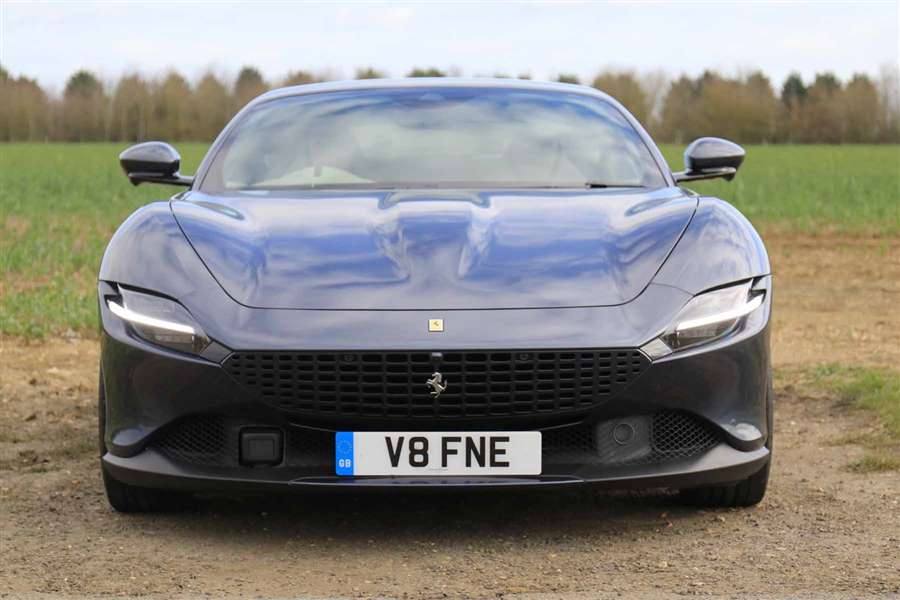
There’s also a very usable boot, and some slightly less usable rear seats, although the latter can be folded down to expand the luggage capacity even further.
What's it like to drive?
On this front the Roma also pushes the agenda onwards – as such you get five drive modes on the rotary Manettino switch (including Race) and underbody aero to help stick the car to the tarmac without ruining its sleek exterior lines with a permanent spoiler.
Ferrari hasn’t given these things to cars at this end of the spectrum before and that should go some way to explain its intent with the Roma. It’s a supremely brilliant car to drive fast, with accessible and friendly handling that makes the driver feel front and centre, while also providing a largely invisible safety net.
This is mostly down to a variety of driver aids including the latest version of Side Slip Control. This will allow the rear end of the car to step out during exuberant cornering, but not so much that you end up facing the wrong way.
The ride is surprisingly supple and can be slackened off even in the racier modes by pressing the Manettino button to enable Bumpy Road mode.
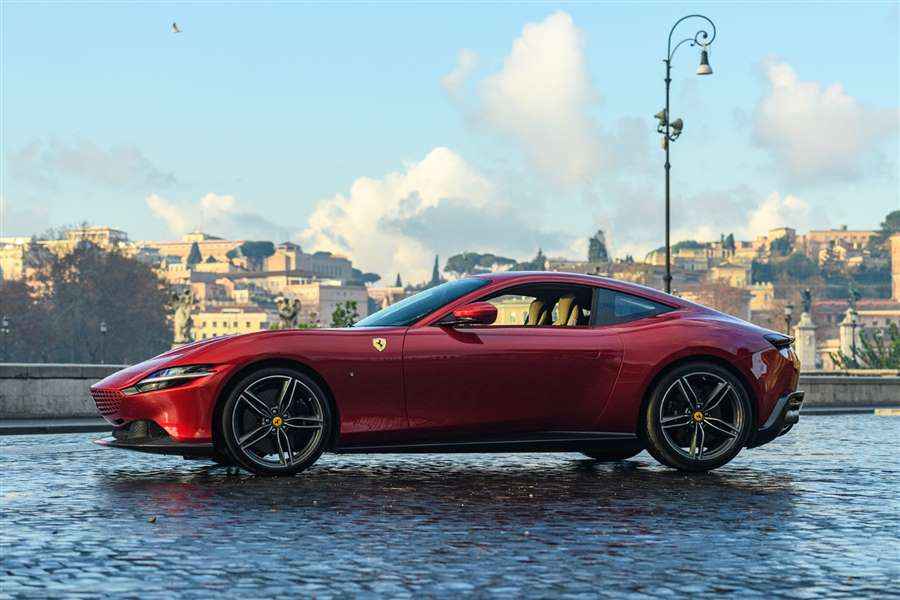
In fact we think that it’s in one of the more relaxed settings, with the engine barely ticking over at motorway speed, where the Roma is most impressive. You could happily waft down to an Alpine pass, arrive without feeling broken, and then pick it to bits in Race mode. An impressive combination.
Ferrari Roma practicality and boot space
This being a more daily-driver capable Ferrari means there needs to be more than a small nod towards practicality. Things like single-piece carbon bucket seats with race harnesses and a stripped-out cockpit with nowhere to store a bag of sweets are unlikely to win a buyer’s heart here.
How much space is there?
In the back there is a pair of seats suitable for very small children, or more realistically, additional luggage for a weekend away. They’re no smaller than you get in a Porsche 911 though, and they fold down to unlock a large rear storage compartment.
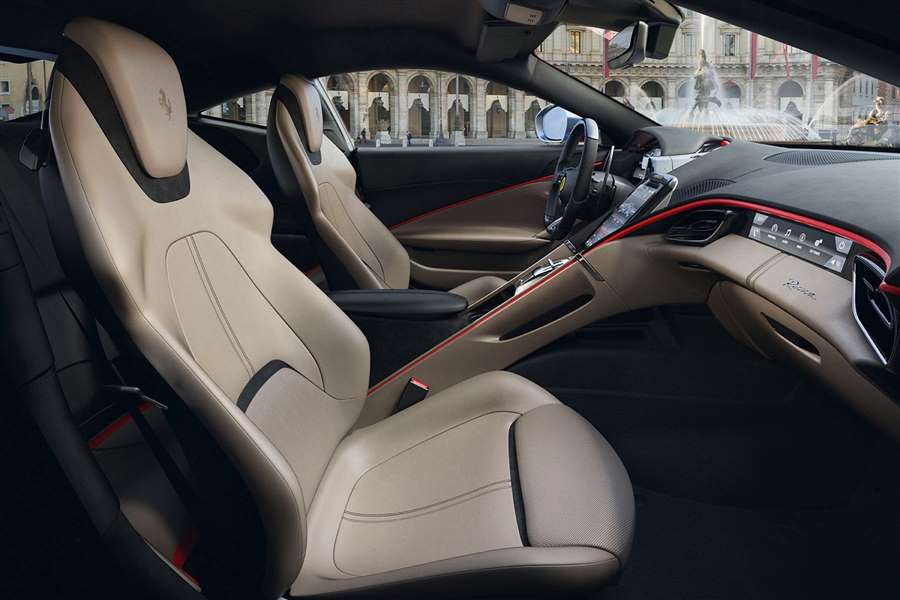
Boot space and storage
The boot itself is pretty good, ranging between 272-345 litres with the seats up or down – which is good enough for two big suitcases or three squashy bags (or ideally some exquisitely tailored luggage), with a usable size and shape to the aperture when the lid itself is open.
Elsewhere, you get a few spots to store things up front, including a single cup holder, plus some slim door pockets and a second cubby in the centre console. There’s an underarm storage bin too with a USB socket and 12v charger.
The styling of the Roma’s interior divides the driver and passenger into two different pods – the latter even gets their own screen showing options like the speed and revs, audio, and car settings. Plus the trademark chequerplate in the footwell to brace themselves on.
While there are a few key references to previous Ferrari cabins, this new layout is quite a divergence from what has come before, but in a welcome way.
Infotainment and tech
The new infotainment suite (first seen in the SF90) includes a 16-inch curved driver’s display with three views – a minimalist one for sporty driving, a full map view for long trips, or a mixture of both with a characteristic big centre tacho. To the left of this is an 8.4-inch portrait touchscreen not entirely unlike the one in a McLaren.
Ferrari has always been good at giving the driver just the right amount of information and functions so you can concentrate entirely on the job of driving, but as time and technology has moved on, the button count has naturally increased.
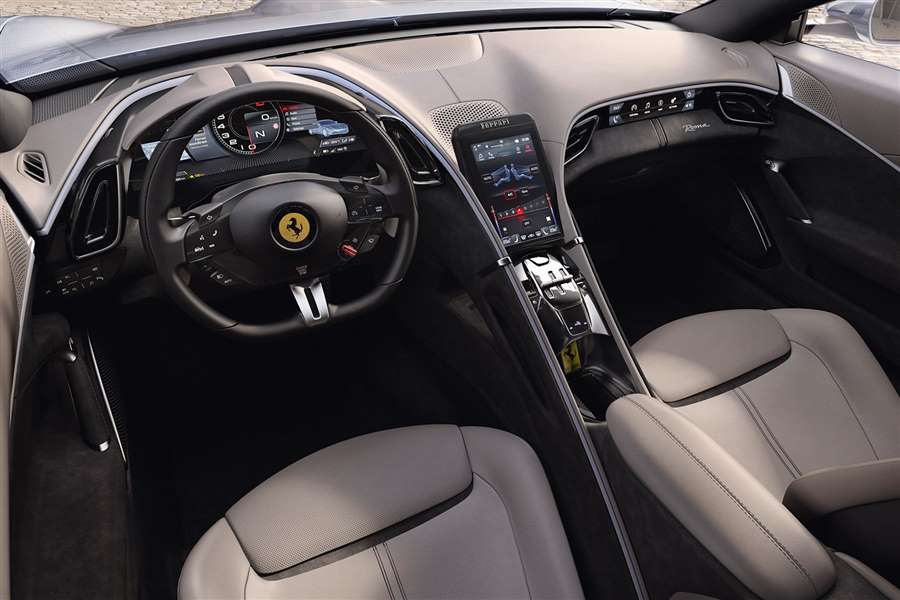
As a car designer you can either strip this all away to leave a more focussed dashboard, or go wild with switches and dials to make it simple to use. The Roma attempts to do both.
That means loads of touch sensitive controls that are lit up when being used but invisible when not, to give you plenty of control over the car’s various functions without looking like an explosion in a button factory.
In fact the only physical cockpit controls are for the windows, gearbox, and launch control. Then on the wheel you get proper buttons for the lights, cruise control, wipers, and indicators. The gearbox is arranged to look a bit like an open-gated manual shift, which is a nice touch.
Even the engine start is a touch sensitive pad, as are those which you use to control the functions on the driver’s screen.
2021 Ferrari Roma gear engine start buttonEnlarge0videoEnlarge40photo
As such this leaves the wheel itself looking clean without sacrificing functionality. The only downside to this was a small amount of lag and lack of sensitivity in the touch controls, meaning they’re not as intuitive as we’d like.
The shift paddles are still massive and epic, though, so zero complaints there.
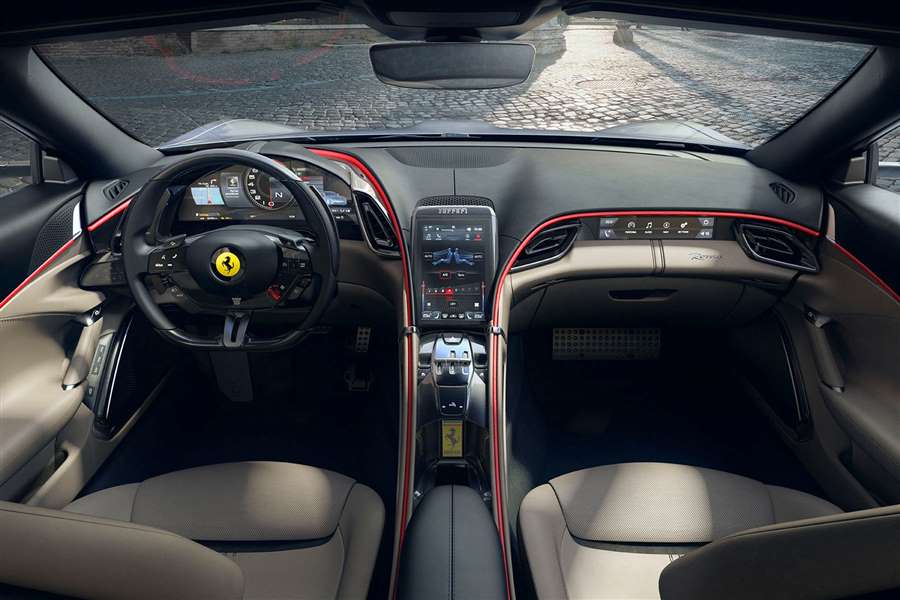
In an area where the Roma obviously needs to perform well, the comfort levels of this corner-carving Ferrari sportscar are surprisingly high, all things considered.
Taller drivers on the Parkers team found the headroom a bit restricted, so that’s worth taking into account, plus the pedals have been offset slightly in the swap to right-hand drive. Neither of these add up to a particularly uncomfortable driving position, but can induce a bit of back or leg pain on a long drive. Those of a shorter stature found no problems at all.
The seats are quite hard but with adjustable bolsters you can get them into the right shape, and their firmness offers a good amount of support that means you don’t end up slouching.
In one of the more laid-back modes it’s easy to imagine taking the Roma on a long and taxing drive. The engine noise never really goes away but it’s muted enough on the motorway, and there’s less tyre and wind rush than expected, too. This isn't ever going to be a Bentley Continental GT, but you won't necessarily wince at the prospect of covering a longer journey in it.
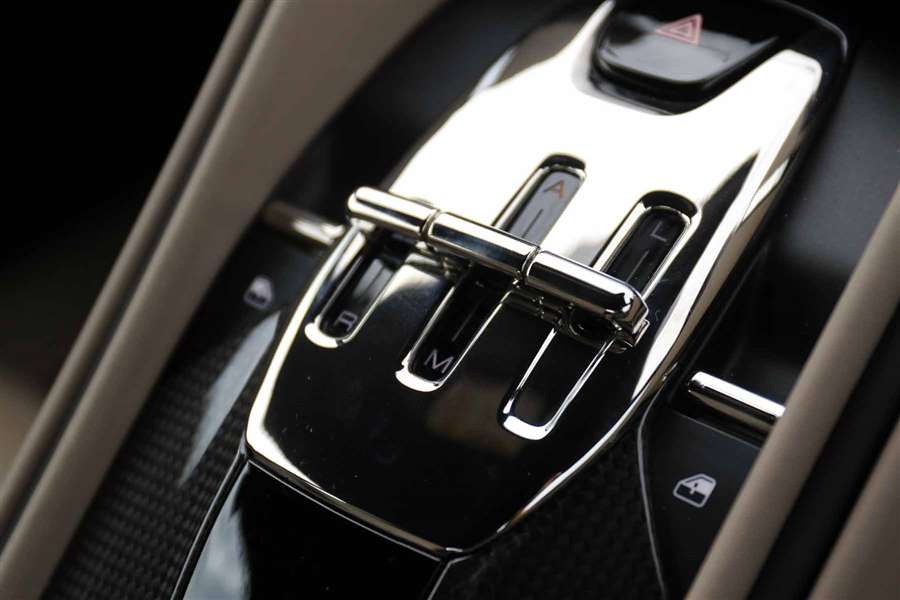
Best of all the ride is comfy enough for all but the lumpiest of UK roads, and when you turn the Manettino dial up to the sportier modes, you’ve got the option of instantly slackening the suspension off by pressing it and activating Bumpy Road mode.
Ferrari Roma running costs and mpg
Let’s keep this brief because nobody is buying a Ferrari under the pretext that it’s going to be cheap to run. This is a car that needs looking after properly rather than cutting corners on consumables.
MPG and CO2
Happily though, thanks to a combination of a slippery profile and less weight, the Roma is more fuel efficient than the Portofino, with 21mpg and 255g/km of CO2 output on offer.
As you’d imagine it also uses less fuel than an F8 Tributo, so while overall it’s still quite thirsty, within the context of the Ferrari range it’s actually pretty good.
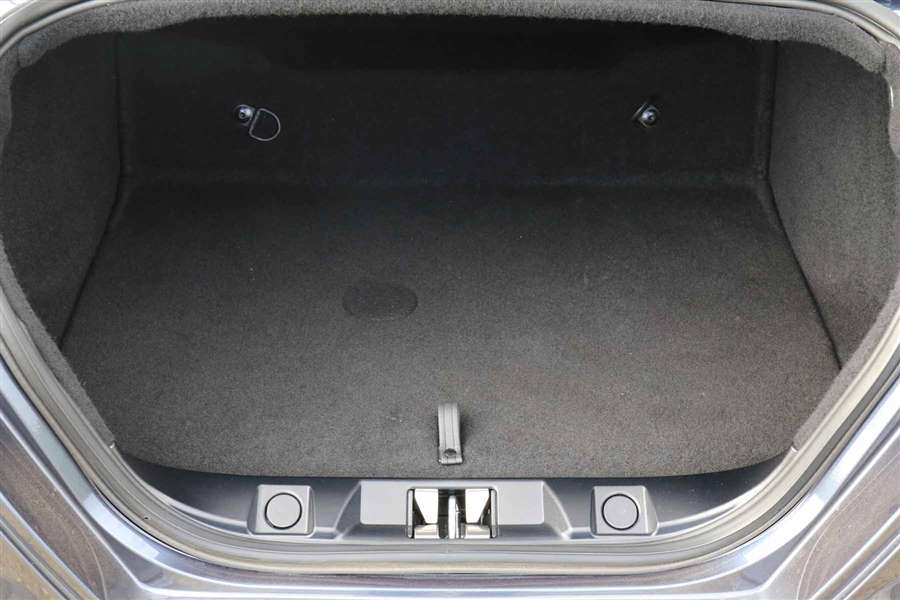
While the mechanicals under the skin of the Roma have been used elsewhere in the range for several years, the new tech inside the cockpit is less proven.
2021 Ferrari Roma key fobEnlarge0videoEnlarge40photo
That said, with fewer moving parts than older, button-filled Ferraris there is technically less to go wrong, individually, so you shouldn’t have much cause for concern in this department. The Roma also comes with a four year warranty.
Servicing and maintenance
There’s also a seven-year Genuine Maintenance programme offered by Ferrari, which includes regular servicing (intervals of 12,000 miles or one year) which promises ‘meticulous checks’ of the entire car.
In essence, there's not much to worry about.
Ferrari Roma engines and performance
Sure, Ferrari has more powerful models in its line-up but once you’ve gone past the 500hp mark there are few occasions on the road where performance feels lacking. Typically there was no point during our time with the Roma that it lacked the answer to a question asked by our right foot. The Roma's reserves feel bottomless, as befits its sports touring nature.
A 3.8-litre V8 and two turbos means 620hp and 760Nm of torque, and 0-62mph ticked off in 3.4 seconds. While a top-end rush has been deliberately engineered in, it's easy enough to keep the rev needle in the mid-range and find more than adequate power. There's no need to drop loads of gears or wait for the boost for the turbos to arrive, it’s just ruthlessly fast, all the time.
It’s not one dimensional though - the different driving modes accessed by the Manettino switch on the steering wheel all offer very distinctive power deliveries, ranging from soft and progressive in Wet and Comfort through to the sharper and more responsive Sport and Race – here the accelerator barely needs to be brushed in order to deliver a surge of forward momentum, but in its more moderate modes, the long travel throttle pedal needs a good push to get going.
Race mode might sound intimidating but it’s the one tuned for the most amount of fun on the road, rather than setting new personal best lap times at Fiorano. This fastest setting gives the Roma breath-taking pace and delivers the full 760Nm, although you’ll need to be in 7th or 8th gear to get it, because the torque on offer increases as you climb the gears.
Compared to the old Portofino (there’s a new M variant with a new gearbox) the Roma has an extra ratio in its eight-speed dual-clutch ‘box, and the lower gears have been made shorter. That means punchier acceleration and lazy cruising – the car is barely ticking over at motorway speeds.
As with the Jekyll and Hyde power delivery, the gearbox also displays impressive duality - able to blur its ratios seamlessly or deliver pin sharp shifts that punctuate heavy braking moments with a loud flare of revs.
Left to its own devices and driven at anything less than flat out, it did seem keen to get into the highest possible gear, but turn up the heat a little and shifts are completed with Ferrari’s trademark telepathy. There’s still enough reward on offer in using the brilliantly clacky and large column-mounted shift paddles, though, to convince you into manual mode every now and again.
The engine can be quite restrained in volume especially when cruising in top gear where its song is barely present. Although this is never the case on start-up where it is consistently flamboyant. With more enthusiastic driving comes a satisfying soundtrack - if not quite as soaring as older V8 Ferrari models - that is full of bass and gravel at low rpm and a higher pitched howl closer to the redline.
All-in-all this makes the Roma a versatile car - equally happy wafting about as it is picking your favourite B-road to bits. But more on that in the next section.
As a bit of a two-things-in-one-car the Roma runs the risk of feeling compromised, particularly in the often-opposing areas of comfort and handling. To an extent it does, but only within the framework of Ferrari's more focussed models - it's not as sharp to drive as an F8 or as cossetting as a GTC, but bear in mind that those are high benchmarks.
What it is though is a very usable balance of both - at no point could you describe the suspension as luxuriously soft, but it's fine for daily use, only getting a bit out of shape on really bumpy roads – while the way it handles can easily blow sports cars from other manufacturers into the weeds.
None of this should be a surprise of course, as Ferrari has left nothing to chance by throwing a load of tech at its new coupe. As such you get five modes on the Manettino plus underbody aero (and a pop-up spoiler) to enhance downforce without ruining those sleek exterior lines. Both of these are a first in the Italian manufacturer’s (comparatively) less focussed GT models, and that should give you a sense of its intentions.
As with the engine response, the Manettino gives you a variety of different handling responses from soft to sharp. Somewhat oddly our favourite combination was Comfort mode with the gearbox in manual. This gives you a very relaxed (but still bonkers fast) set up that suits the car's suave and unflustered appearance.
Still, Sport and Race do increase the response from the throttle and steering to very satisfying levels, while firming up the suspension to improve body control. You can dial this back by pressing the Manettino to utilise Bumpy Road mode, which offers a nice balance on UK roads, while still hugging the ground.
When it comes to driving quickly the Roma again offers a breadth of attitudes – if you enter a corner tentatively and feed the power in it'll hook up nicely and fire you out the other side in a neat, grippy manner. However, go in with more confidence and give the gas a big push and the rear end of the car will swing out to a point controlled by lots of clever electronics.
Chiefly this is down to the Roma’s Side Slip Control, which ties together the traction control, electronic differential and something called ‘Ferrari Dynamic Enhancer’ to interpret your inputs and let the rear of the car move around accordingly. It’s essentially a traction control system that lets the rear of the car have a little slide without wiping out, and is capable of making you look absolutely heroic while providing something of a safety net. Even so, this is best explored in a controlled environment.
The steering is quick and linear but not as fast as the F8, making it seem more relaxed and less twitchy on faster roads. The brakes need a good push to get going but when you do there’s plenty of power and feel, although they were a bit grabby and hard to modulate in our test car.
Even so, it took a bit longer to get under the Roma's skin than in current or former mid-engined Ferraris, which usually feel just-right from the off. But those are a very different proposition, and once you get used to the Roma's feel it becomes a very rewarding thing to drive indeed.
Ferrari Roma verdict
Should you buy one?
By the time you’re talking about this sort of pricetag there’s not a lot of point having an argument about whether the Roma is good enough as a motorway cruiser and mountain road slayer or whether you’d be better off buying two Porsche 911s instead. Customers won’t be buying only this car, so this won’t be bought with the same all-rounder considerations as, say, a VW Golf.
That said, it is mightily impressive how convincing the Roma is as a one-Ferrari-to-rule-them-all – sure the rear seats won’t suffice if you regularly need to transport more than two people, but for anyone else this is a suitably useful daily driver that just so happens to be razor sharp when the moment takes you.
In fact, we think it approaches that balance better than the Portofino or California T that came before it and is the ideal starting point for Ferrari ownership. No, the roof doesn’t come down, so it won’t suit those looking to be seen while driving, but as a trade-off the elegant exterior lines and styling more than make up for it.
It gives you just enough of the Ferrari-fizz to leave you wanting more from a model higher up the range, but not so little that in isolation it feels half-cocked.
More impressive is the car’s ability to celebrate an older era of luxury while moving the game on in terms of interior tech and usability. All that without being an exercise in chintzy, throwback styling - it feels distinctly old school but under the skin the Roma is anything but.
Best of all though is the simple stuff – this is a front engined, V8 powered, 2+2 coupe, with no hybridisation or self-driving modes in sight. Enjoy it while you can. If you can.
(parkers.co.uk)
Mercedes is still not giving up on the V12 engine, which is again won by the strongest Maybach
The crown jewel of Daimler's car line has dawned in the Russian configurator, where this extended, stretched, luxury sedan with a twin-turbo 6.0-liter engine and a 9-speed automatic transmission can already be configured and ordered.
Only a day or two after the teaser of the label and photos announced the arrival of the top version of the new generation of Maybach, the first data began to be revealed, albeit by a detour. Namely, while the last mention of Maybach on Mercedes' press pages was in mid-April, announcing the company's 100th birthday, the strongest model first appeared and then disappeared from the company's Russian pages even faster (but not fast enough). So it became clear that the top version is powered by a 6.0-liter twin-turbo engine with a nine-speed automatic transmission.
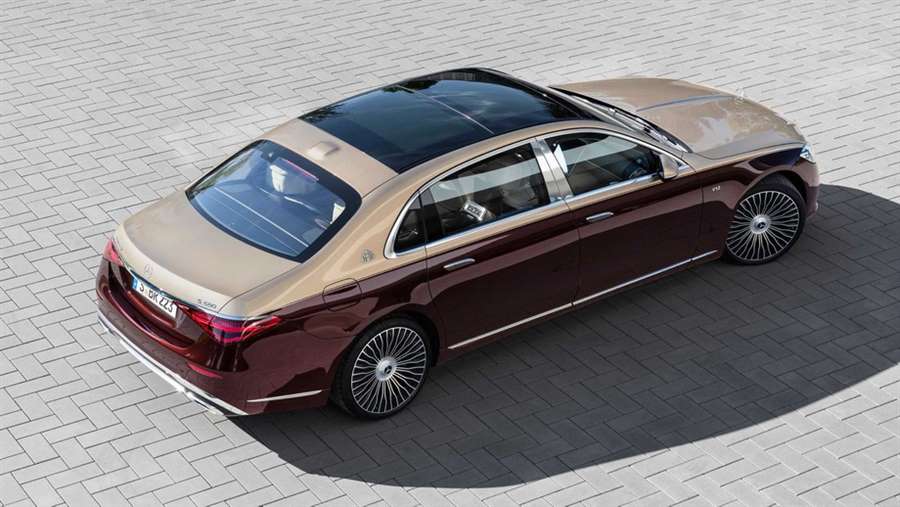
It develops 450 kW / 604 hp and the car fires from a standstill to 100 km / h in just 4.5 seconds. Top speed is electronically limited to 250 km / h. As previously announced, with the V12 engine it gets an all-wheel drive system, instead of sending all that power to the rear wheels as was the case with the old S650 and AMG S65. The Russian configurator also reveals the weight of the car, the weight shows 2,350 kilograms, which makes the acceleration figure even more impressive. The power of 604 hp is lower by 17 hp compared to the previous generation S650. Although torque is not mentioned, it is assumed to be 1,000 Nm as before.
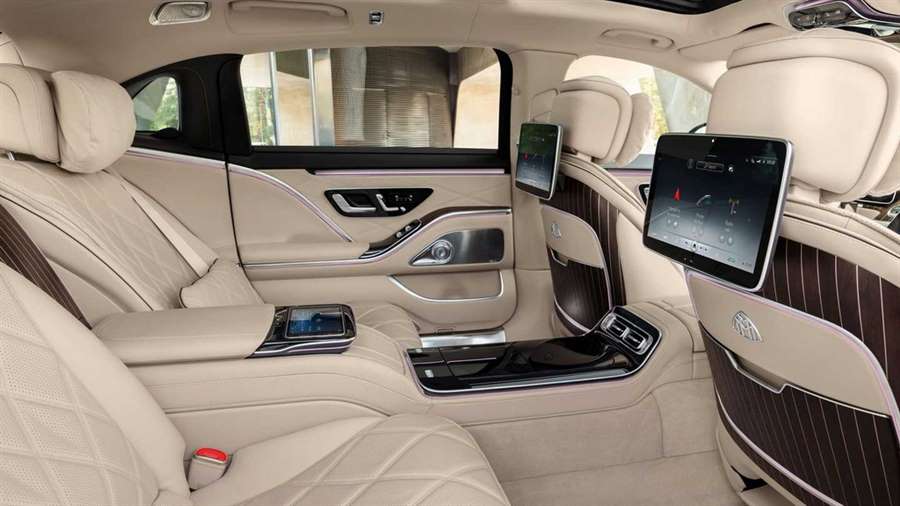
The V12 version will not remain the most powerful S-Class of this generation for long, as Mercedes-AMG is preparing two versions of its luxury sedan. Both should be plug-in hybrids, the S63e with about 700 hp coming later this year and the stronger S73e with about 800 hp arriving later. Meanwhile, the S680 will be one of the most expensive vehicles in the world, not counting supercars and hyperautomobiles. The Russian configurator states the starting price in the equivalent of 310,000 EUR.
Tested: 2021 BMW M550i xDrive Gets Another Go at the Test Track
After disappointing acceleration numbers in our first test, we brought the M550i back for a retest to see if things improve.
When we last checked in with the BMW M550i we were a bit puzzled by its slower-than-anticipated acceleration numbers. BMW claims a zero-to-60-mph time of 3.6 seconds yet our test car needed 4.1 seconds to hit that mark. Heavier BMWs with identical 523-hp twin-turbo 4.4-liter V-8s, such as the X5 M50i, have bolted to 60 in 3.9 seconds, and our 5742-pound long-term BMW X7 M50i raced to 60 mph in 4.1 seconds. So, we called BMW's press office and asked to retest the M550i. There are plenty of things that can go wrong during testing. Possibly the V-8 or transmission had an issue or maybe the tank was filled with a bad batch of fuel. Whatever the reason, we got a different but identically spec’d M550i back for a retest.
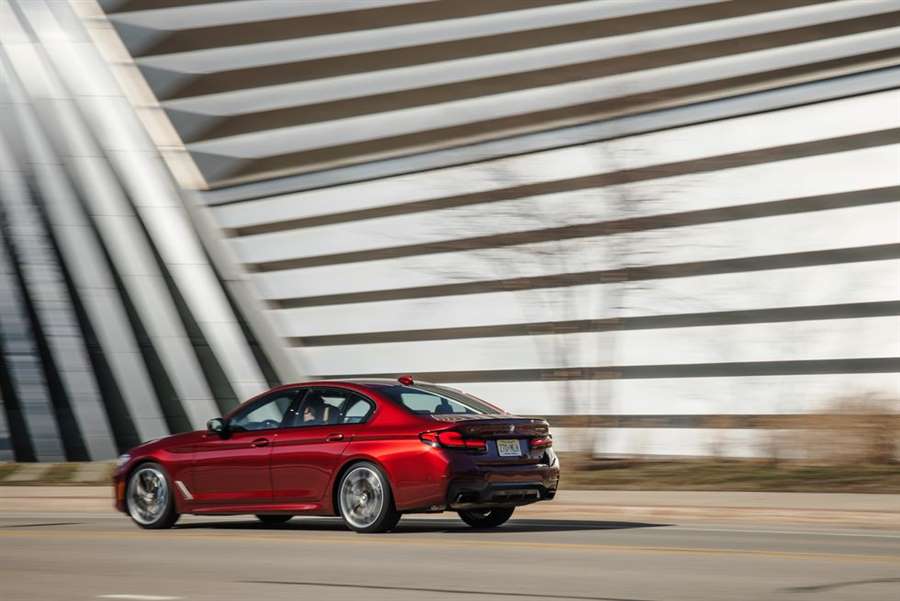
The results of round two were quicker, but still slower than what BMW claims. Test two resulted in a 3.9-second time to 60 mph and a 12.1-second quarter at 120 mph. Those figures are 0.2-second quicker than before. The unchanged quarter-mile trap speed, a reliable indicator of a vehicle's power-to-weight ratio, indicates the engine in round two was making the same amount of power as in round one.
HIGHS: Strong and subdued V-8, all of the trappings of a luxury car, relaxing into it.
Even if this M550i is not as quick as expected, its V-8 remains special. BMW seems to get that and offers the V-8-hungry customer an entire menu section. There are 600- to 617-hp twin-turbo V-8s in M division vehicles (M5, M8, X5M, X6M), and the brand also sells the M550i's engine in the M850i, X5 M50i, X6 M50i, X7 M50i.
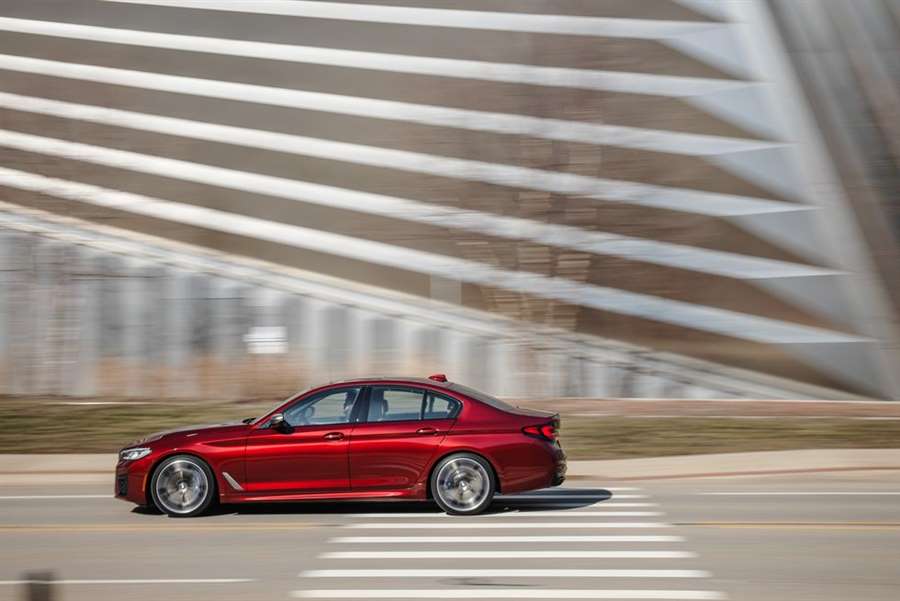
Set a mere rung below the M5, the M550i wears a body kit that makes it look nearly as aggressive as the M5, but crammed into the 5-series's engine bay is the detuned version of the BMW's 4.4-liter V-8. An eight-speed automatic is the only transmission, and it works brilliantly, delivering crisp shifts that largely go unnoticed and responding quickly to accelerator inputs. The engine has big lazy power and 553 pound-feet of torque to push you into the 20-way leather seats.
Under keep-the-gas-pedal-pinned acceleration, the M550i is considerably slower than an M5; we clocked the Competition model at 2.6 seconds to 60 and 10.7 seconds through the quarter-mile. But the M550i also is slightly quieter than an M5. The M550i's version of the engine redlines at 6500 rpm to the M5's 7200 rpm, so at full whack the M5 is a touch louder—81 dBa versus 79 dBa. There's a major difference when idling; an M5 registers 50 dBa to the M550i's 40-dBa whisper. The quieter demeanor matches the deluxe interior accommodations. When dressed with a full-leather dashboard ($700) and Cognac Dakota leather seats with the $3400 Bowers & Wilkins audio system playing Mozart's “The Marriage of Figaro,” the M550i xDrive does a convincing Rolls-Royce impression.
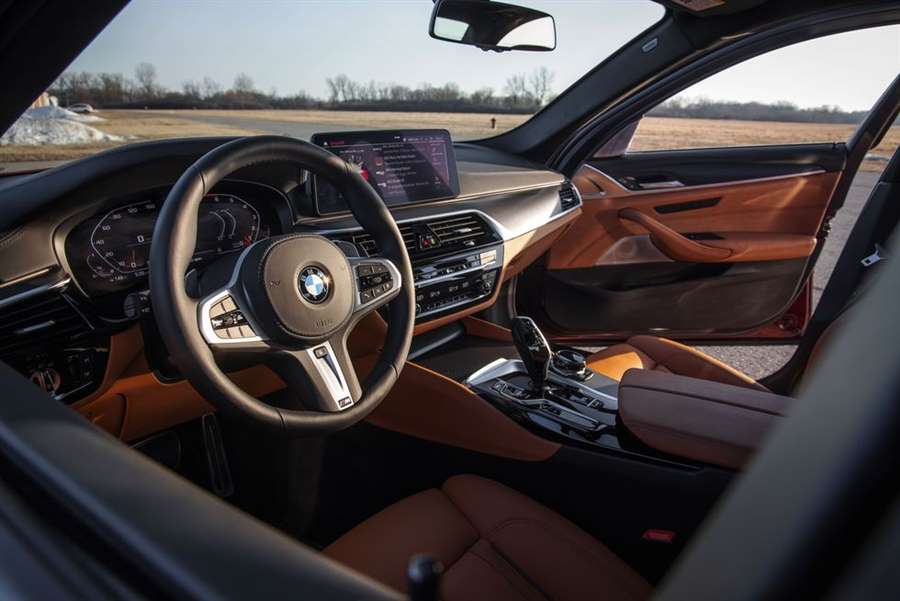
LOWS: Handling quirks, numb steering, not as quick as expected.
On the outside, there's no mistaking the M550i for a Roller. In Aventurin Red Metallic ($1950) and fitted with the M Performance appearance package you're basically looking at an M5 stunt double. Our test car came with optional 20-inch wheels with non-run-flat Bridgestone Potenza S007 summer tires. Those short little sidewalls don't look like they offer any cushioning, but fitted with the optional Adaptive M Suspension Pro you get a supple ride that avoids the crash of more overt performance models and the active anti-roll system keeps the 4480-pound sedan cornering as flat as a flapjack. On the skidpad, the Bridgestones held on with 0.95 g's of grip and stops from 70 mph took an easy and short 149 feet.
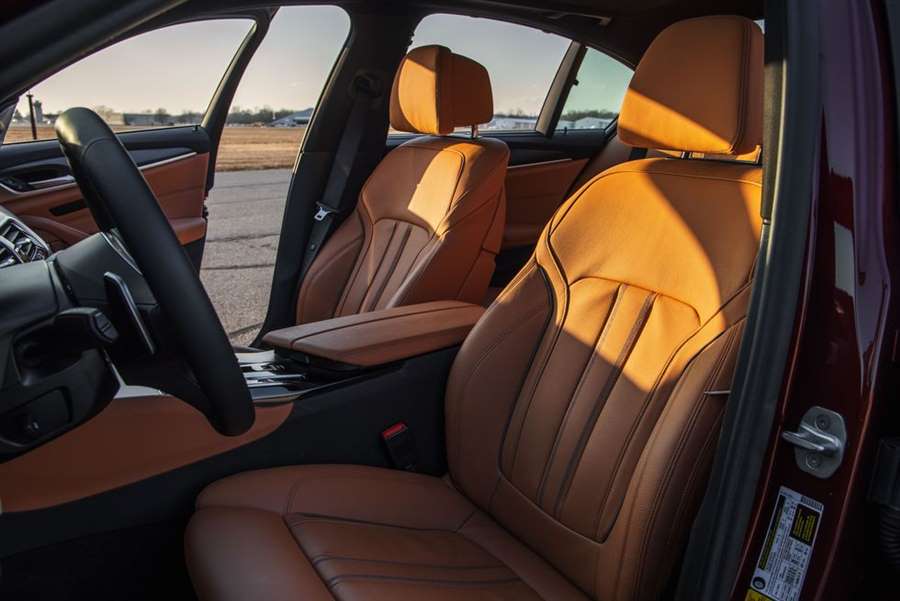
Actually using the chassis's potential in the canyons above Los Angeles left us a bit exhausted. Four-wheel steering is standard, as is Integral Active steering, and on top of that our test car came fitted with the $3600 Dynamic Handling Package that bundles the adaptive dampers and active anti-roll bars. BMW no longer fits a gearbox into the steering system to change ratios. Such as many other automakers, the ratio change—faster or slower—is done by altering the spacing of the teeth on the rack. BMW tunes the rear steer to increase agility or stability depending on the situation, but from behind the wheel the M550i's rear wheels seem to get into the act to disrupt your intended line through the corner. Dancing has a leader and a follower—the driver should lead, and the car should follow. The M550i keeps challenging the driver's prompts with unwanted yips and moves.
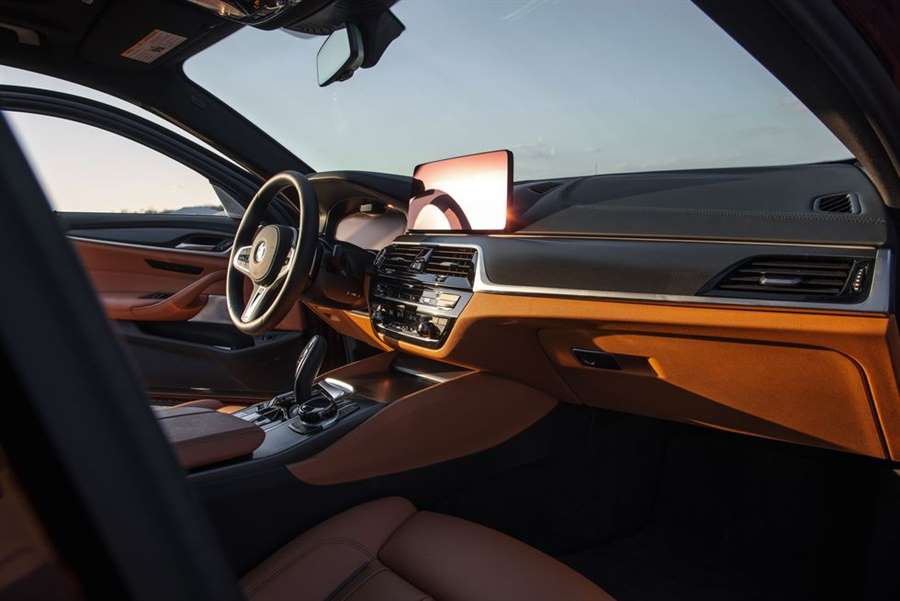
Path accuracy describes how well a car turns in and holds on to driver's intended path. We're guessing that the rear steer is tuned to give a lively feel, but when loaded up into a corner it revectors the car and you find yourself making adjustments to the numb steering to stay on the desired line. That bit of second-guessing that the chassis seems to do and the work you find yourself doing to counteract it is annoying and keeps you from trusting the car enough to push it hard in corners.
BMW doesn't fit the M5 with rear steer and it doesn't suffer from that sort of nervous second-guessing. We've previously experienced this handling quirk in a rear-steer equipped 540i and it remains here in the M550i, so we're guessing it's in how the system is tuned.
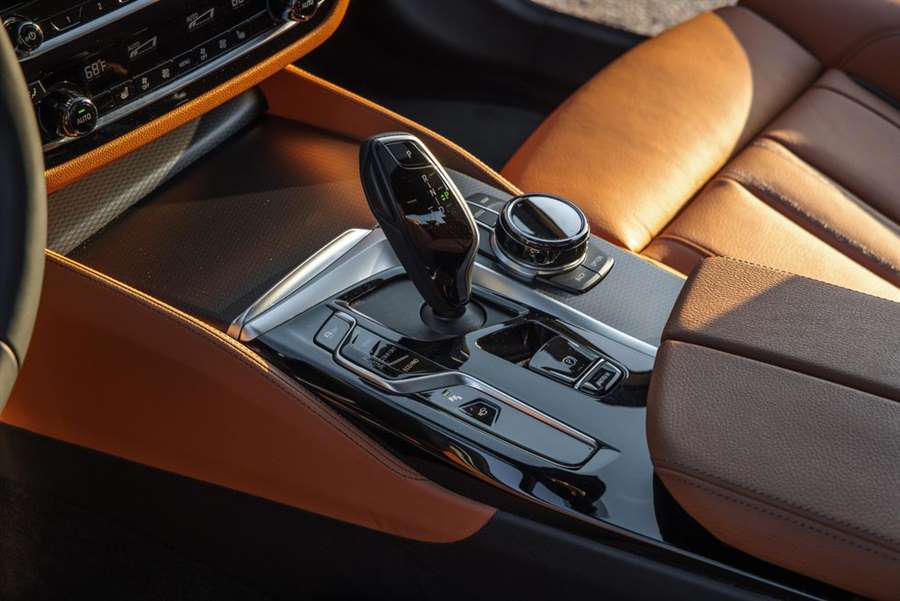
An M5 costs $25,000 more than the M550i's $77,795 base price, and that gap is why the 523-hp sedan exists. Loaded up, our tester came in at $93,735, but even if you try to go a la carte with the extras, all M550i models come with rear-steer and the chef doesn't offer substitutions. If you're thinking sports sedan, the M550i's handling might be a turn-off, but if you want to relax in leather-lined comfort while occasionally dusting off a Porsche driver at a stoplight drag race, you'll find the M550i pretty tasty.
(caranddriver.com)
A refurbished BMW X3 is coming soon
The current BMW X3 was introduced to the public in June 2017 (developed under the code number G01), it is based on the CLAR platform and is 55 kg lighter than its predecessor, while the coefficient of air resistance is 0.29.
In terms of dimensions, the X3 is 4716 mm long, 1897 mm wide, 1676 mm high and has a wheelbase of 2864 mm. It should also be mentioned here that the volume of the trunk is 550 liters, or 1,600 liters with the rear seats folded down.
Now, almost four years after its premiere, BMW has also prepared an updated version of it. This is confirmed by this first official image that was in the public eye, and which suggests that the Prime Minister is very close.
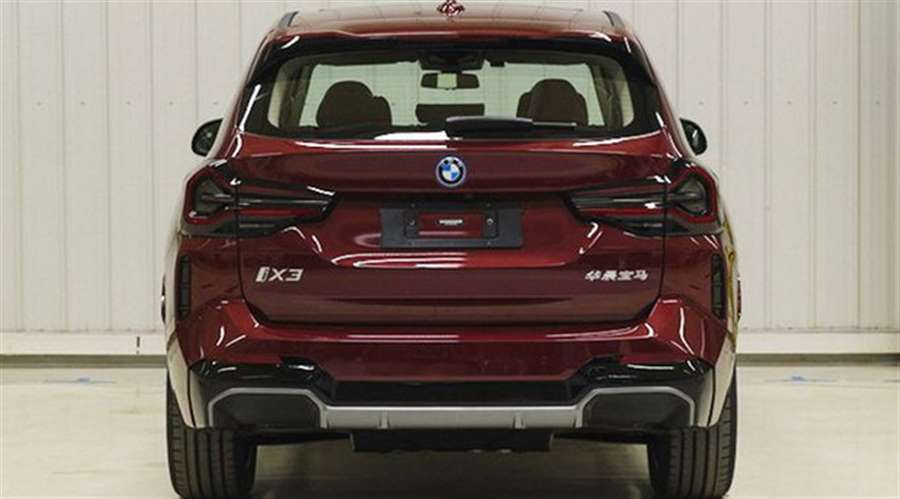
In any case, the trimmed front part, modified bumpers, front and rear LED lights, new design of aluminum wheels, new green color, gloss black details, as well as a modernized interior are expected.
There will most likely be no change in the engine range, so petrols with 184, 252 and 360 hp are expected, as well as diesels with 150, 190, 249 and 286 hp.
Also, the M versions with 480HP and 510HP respectively will be updated later.
As a reminder, the X3 M under the hood has a 3.0-liter six-cylinder engine with M TwinPower Turbo technology and 353 kW / 480hp and 600 Nm of torque. There is also a more powerful Competition version, which has 375 kW / 510 hp and 600 Nm.
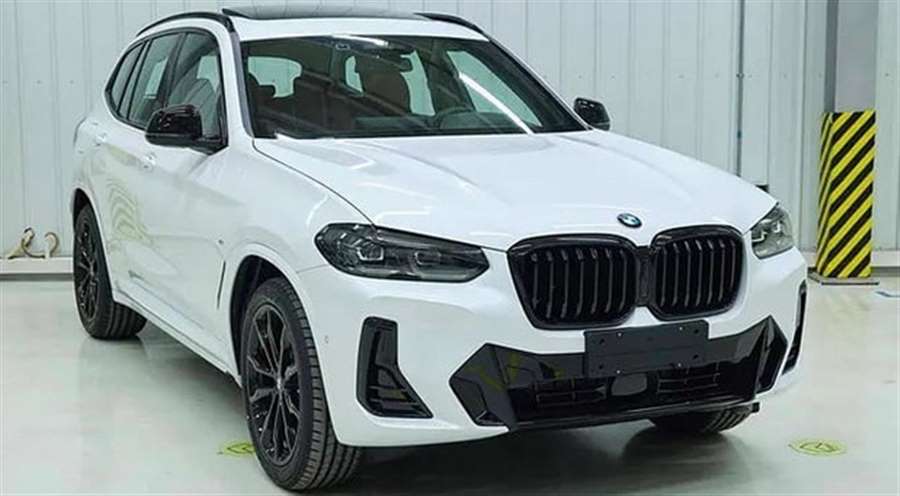
The BMW X3 M accelerates from 0 to 100 km / h in 4.2 seconds, while the 30HP more powerful Competition model does it in 4.1 seconds. In both cases the maximum speed is el. limited to 250 km / h but with the optional M Driver’s Package this limit is 280 km / h (for regular X3 M) or 285 km / h (for X3 M Competition).
In addition, the plug-in hybrid variant X3 xDrive30e remains in the range, bringing a combination of a 2.0-liter four-cylinder turbo petrol with 184hp, an electric motor with 109hp, lithium-ion batteries, an 8-speed Steptronic transmission and all-wheel drive. The total power is 292 hp and 420 Nm, acceleration from 0 to 100 km / h takes 6.1 seconds, top speed is 210 km / h, and it is possible to drive only on electric drive (up to 46 km per WLTP).
Finally, the electric BMW iX3 will be adjusted, which in the current version has 210 kW / 286 hp and 400 Nm, and with one charge of lithium-ion batteries of 80 kWh exceeds 460 km (according to the WLTP standard). The Germans also state that 80% of the battery capacity can be charged in just 30 minutes with the help of a 150 kW charger. Acceleration from 0 to 100 km / h takes 6.8 seconds, while the top speed of this 2185 kg heavy vehicle is limited to 180 km / h.
Exposed! All Models From Toyota And Lexus Until 2024
What's planned through 2024? Read on.
The world will very much continue despite the coronavirus pandemic currently sweeping the globe. Although it's way too soon to know when life will return to normal, automakers are still preparing future models. Today, a massive leak has been exposed thanks to AllCarNews on Instagram revealing what Toyota and Lexus have planned through 2024. Some of the following has already been rumored but there's at least one new vehicle we didn't see coming.
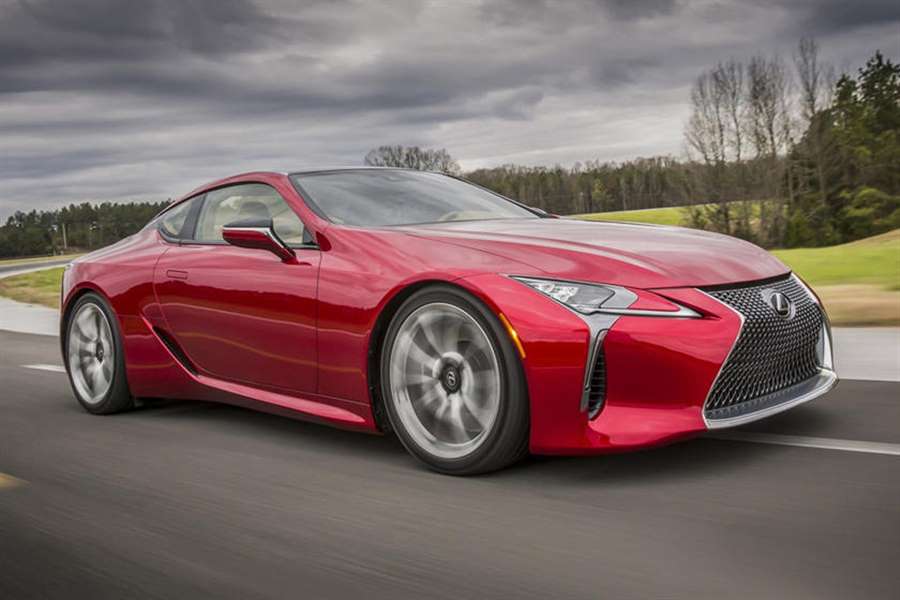
First up, the next-generation Toyota 86 and its sister ship, the Subaru BRZ. Both are expected to debut in July 2021 and the 86 will be rebranded the GR86. Power will come from a new turbocharged engine with a reported 255 horsepower. Rear-wheel-drive will remain, of course. Next, the Toyota Camry will also receive a mid-life refresh that year, followed by the Avalon in 2022. The next-generation Camry isn't due until 2024.
Also in 2021, we'll be seeing a new Corolla-based crossover whose name has yet to be announced. One possibility is Corolla Cross with production potentially taking place at the joint Toyota-Mazda plant in Alabama, which is still under construction. As we previously reported, the Toyota Venza wagon-crossover is also due to return in 2021. In all likelihood, it'll share a decent amount of its components with the Camry, once again.
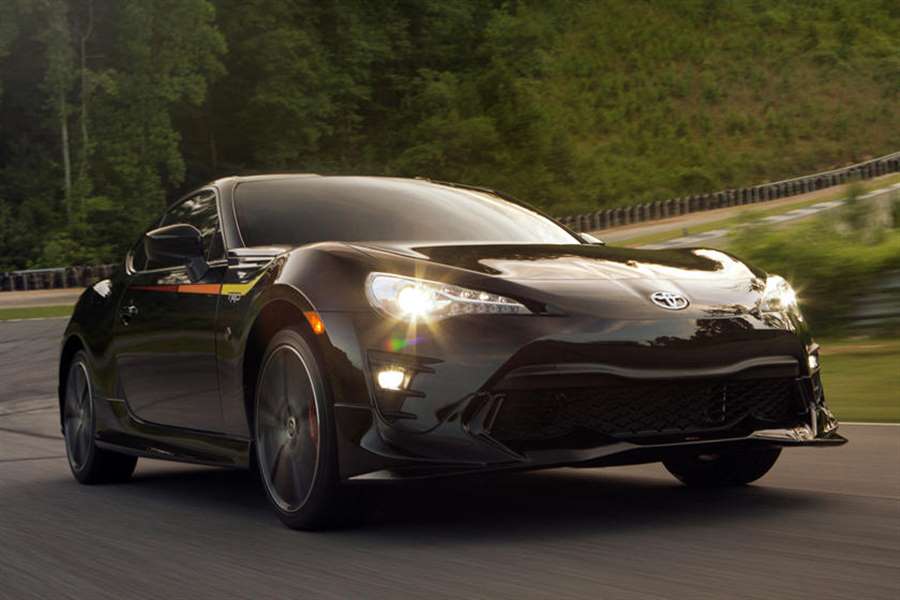
Moving on to trucks and SUVs, the leaked report indicates an all-new Toyota 4Runner and Sequoia will debut for the 2023 model year. Both will share the next-gen Tundra's TNGA-F architecture. The Sequoia and Tundra will ditch the 5.7-liter V8 in favor of a new twin-turbo hybrid V6. The 4Runner will get this engine as well. The redesigned Toyota Tacoma will arrive for 2024, but no precise details about it are yet available.
As for the Toyota Land Cruiser, it appears it will come in 2022 but unlike the current model, it'll be a stripped-out off-roader without a hint of luxury. In other words, it's going back to basics. Sweet.
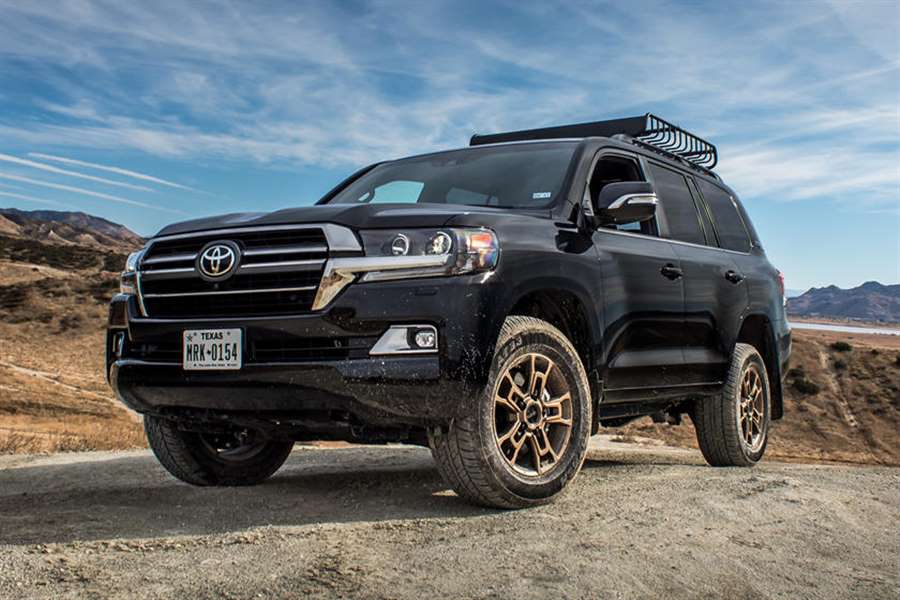
As for Lexus, unlike the Land Cruiser, its LX counterpart will take the exact opposite approach by becoming a Bentley Bentayga rival, powered by the same twin-turbo V6. In general, Lexus is dropping all V8 models priced below $90,000. An all-new twin-turbo V8 will power the long-awaited LC-F in 2022. Also that year, the ES and LS will get a refresh. Surprisingly, the Lexus GS is being replaced outright by a Toyota Mirai-based RWD sedan.
Before that, the next Lexus IS, last updated in 2016, will debut in 2021, followed by a new RX and GX in 2023. Lastly, a new Lexus NX will come in 2021 and it'll ride on the TNGA-K platform with a total of five different powertrains and a new 14-inch touchscreen.
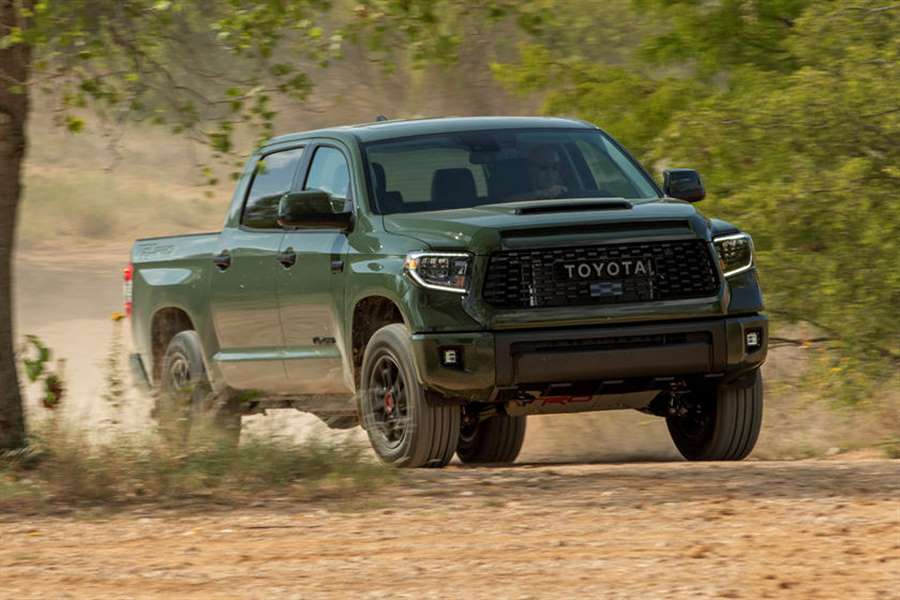
This is a lot of new information to take in, but Toyota and Lexus clearly have a very aggressive new product offensive on the way. We can hardly wait.
(https://carbuzz.com/news/exposed-all-models-from-toyota-and-lexus-until-2024)
Audi Q4 E-Tron price and spec details
Audi's take on the electric family SUV is cool and classy
Audi has revealed full details and prcies of the new all-electric Q4 E-Tron. It's the company's first electric car based on the same technology as the Volkswagen ID.3 and Skoda Enyaq iV and as well as being available as a regular SUV, you can also specify a coupe-like Sportback version.
The Q4 E-Tron introduces some new technology and offers some choice in terms of price and range. Firstly, there will be three variants from launch, the 35, 40 and 50 Quattro. As you may have already guessed, the 50 Quattro features all-wheel drive as standard – the 35 and 40 versions are rear-wheel drive only.
Rivals? There are a few that include the Skoda Enyaq iV, Volkswagen ID.3, BMW iX3 and Mercedes-Benz EQA and EQC. The market for mid-sized electric SUVs is really starting to heat up.
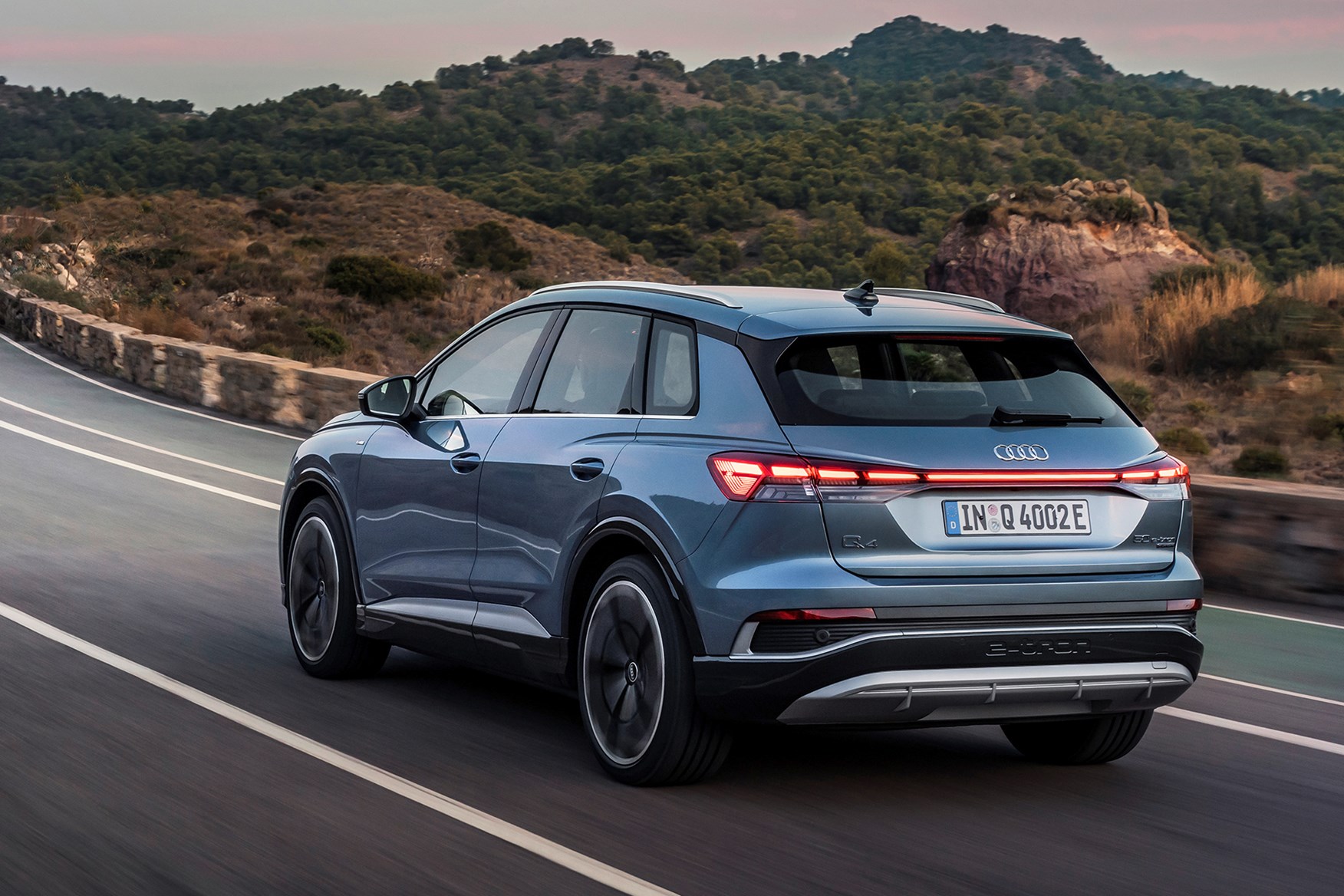
What it's like inside?
Details new to the Q4 E-Tron include a steering wheel with a flat top and bottom (with haptic touch panel buttons) on S Line models and additional storage cubbies, including bottle holders in the door armrests. The central MMI touchscreen (10.1-inch as standard, 11.6-inch as an option) still has haptic feedback like most larger Audis, but there is only one touchscreen, with manually-controlled air-con switchgear below it.
Much like Volkswagen’s ID.3 and ID.4, along with the latest Mercedes-Benz S-Class, the Q4 will be available with an optional augmented-reality head-up display. The AR-HUD actively displays navigation directions in your field of view, gives you markers for the car in front when you have the adaptive cruise system active and even flags up the edges of your lane if you stray out of them.
Audi is particularly promoting the practicality aspect of the new Q4 E-Tron, saying that while it has the rough exterior dimensions of a Q3, it has space inside akin to the Q5 and quality like a Q7. The Q4 has a sliding rear bench, allowing for a boot volume of 520 litres in the non-Sportback variant.
What models and trims are available?
The Q4 E-Tron is available to order now and UK deliveries are expected in June 2021. Trims available at launch will be the Sport, S Line and Edition 1 forms. Every battery and powertrain combination is available with each equipment level.
Even though Sport is the entry level, it still comes equipped with LED headlamps, a 10.1-inch MMI infotainment screen and aerodynamic 19-inch alloy wheels. The S Line model will undoubtedly be the most popular – as is the case with all other Audi models – and gains 20-inch alloy wheels, sportier-looking front and rear bumpers and lowered suspension. The special Edition 1 trim will be a more elaborate offering, with Matrix LED headlights and unique interior and exterior trim.
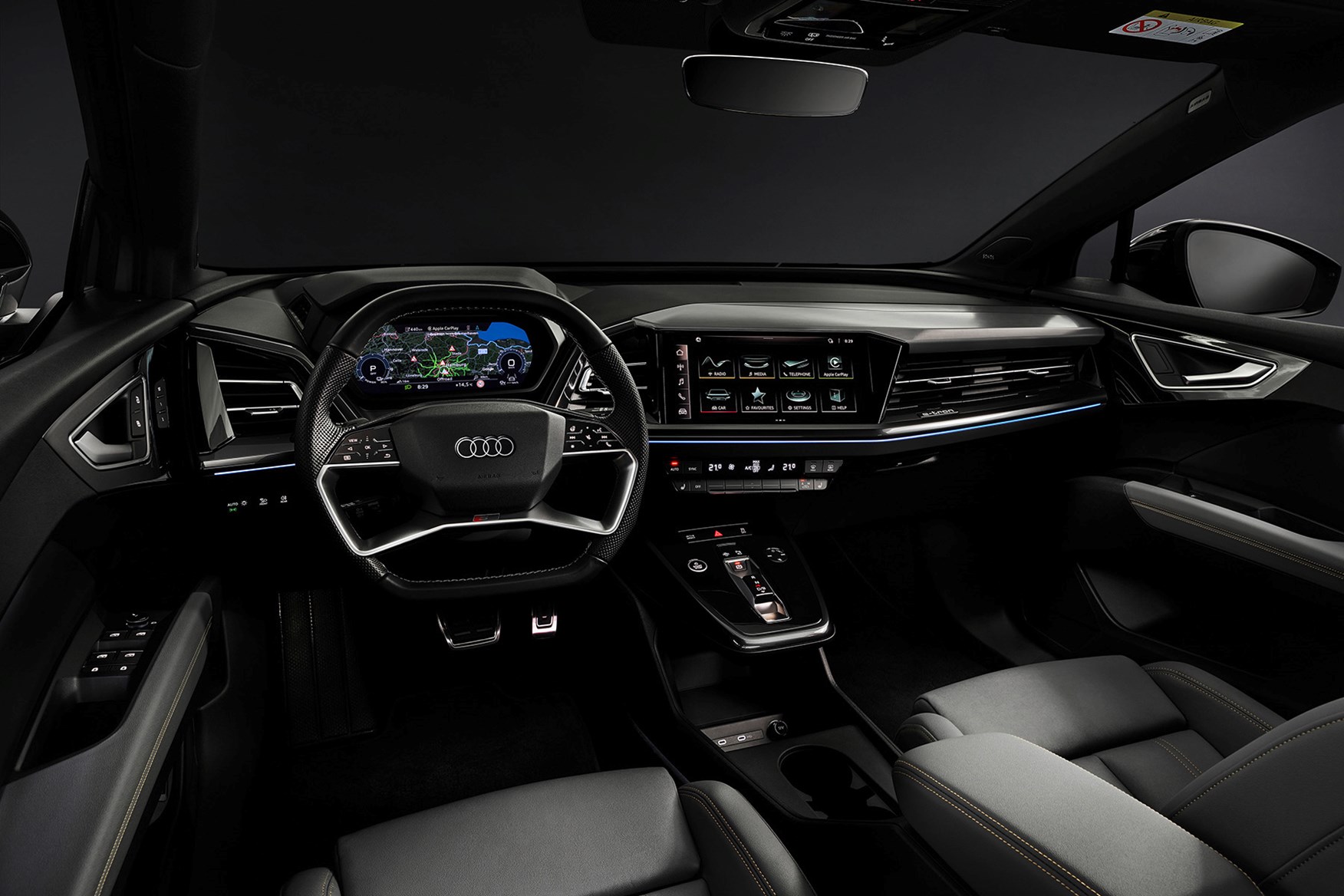
Expected to join the range after the initial launch in June 2021 will be the Q4 E-Tron Vorsprung. Audi has confirmed It’s priced from £54,450 and gains 21-inch wheels, Nappa leather-trimmed seats and a more comprehensive driver-assistance package.
What else should I know?
The Q4 E-Tron can support 11kW AC charging and up to 125kW DC charging, with Audi claiming around 80 miles can be zapped into its new EV in just 10 minutes using those fastest of chargers.
Very little has changed between the production Q4 E-Tron and the concept car that debuted a couple of years ago. The Q4 SUV’s relatively boxy shape is emphasised by clean-cut wheelarches, a blocked-out grille in a very familiar Audi shape, and a single light panel that stretches across the rear. If you choose the optional matrix LED lights, you can customise the way the daytime running lights look with four distinct patterns.
Audi also offers something called ‘E-Tron Charging Service.’ It’s not an unheard of concept from manufacturers – you’re essentially given an RFID card and sign up to a tariff that gives you streamlined access to chargers from different networks, saving you the pain of signing up to individual ones.
Should I order one?
If you like the look of it. the Audi Q4 E-Tron is available to order now, with prices starting from £40,750. That figure soon balloons by choosing plusher models, larger batteries and optiona extras. The question is how much you think it's worth the premium over its Volkswagen Group sister cars, the ID.4 and Skoda Enyaq iV. We can't really answer that until we've driven it.
No model in the Q4 E-Tron range is eligible for the government's £2,500 plug-in car grant. We do like the sheer breadth of models available and the classy interior – and look forward to driving it. You'll be able to read about that here first.
(parkers.co.uk)
The first BMW hydrogen models will arrive next year
The development of CO2-free propulsion technologies has become a top priority for the BMW Group. In addition to purely electric, they are now working on the development of hydrogen propulsion systems, which will first be implemented in the current BMW X5. The total power of the system will be almost 400 hp.
Like all electric cars, fuel cell models (FCEVs) use electricity to power electric motors. Unlike other electric models, FCEVs do not use energy from a battery but from a hydrogen fuel cell. In it, a chemical reaction takes place between hydrogen and oxygen, and thus a current is created that drives the engine. Thus, the use of this technology can help further decarbonization.
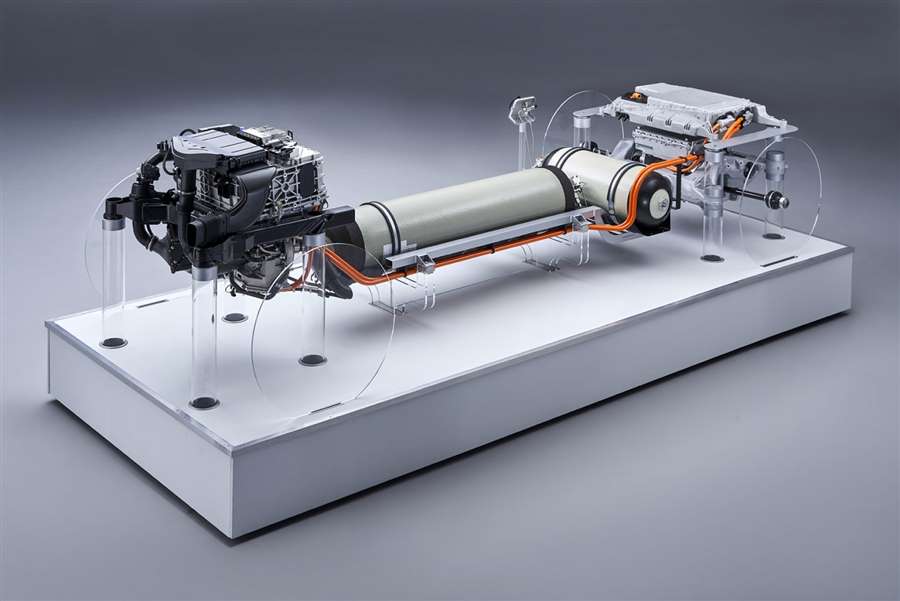
The BMW Group will launch small series of so-called Hydrogen NEXT models from 2022, and the new drive will be implemented in the current BMW X5, which will emit only water vapor as a by-product.
A key role in this is played by the Landshut Technology Center (LuTZ), which produces the most important components for hydrogen-electric propulsion, which will be installed in the BMW X5 models.
The system will use hydrogen and will generate up to 125 kW of electricity for an electric motor that is mounted on the rear axle. The tanks will be able to store 6 kg of hydrogen and oxygen, and the filling time is only 3 to 4 minutes.
The electric motor is the same as in the electric BMW iX3 SUV, and the total power of the system will be 275 kW, or 374 hp.

